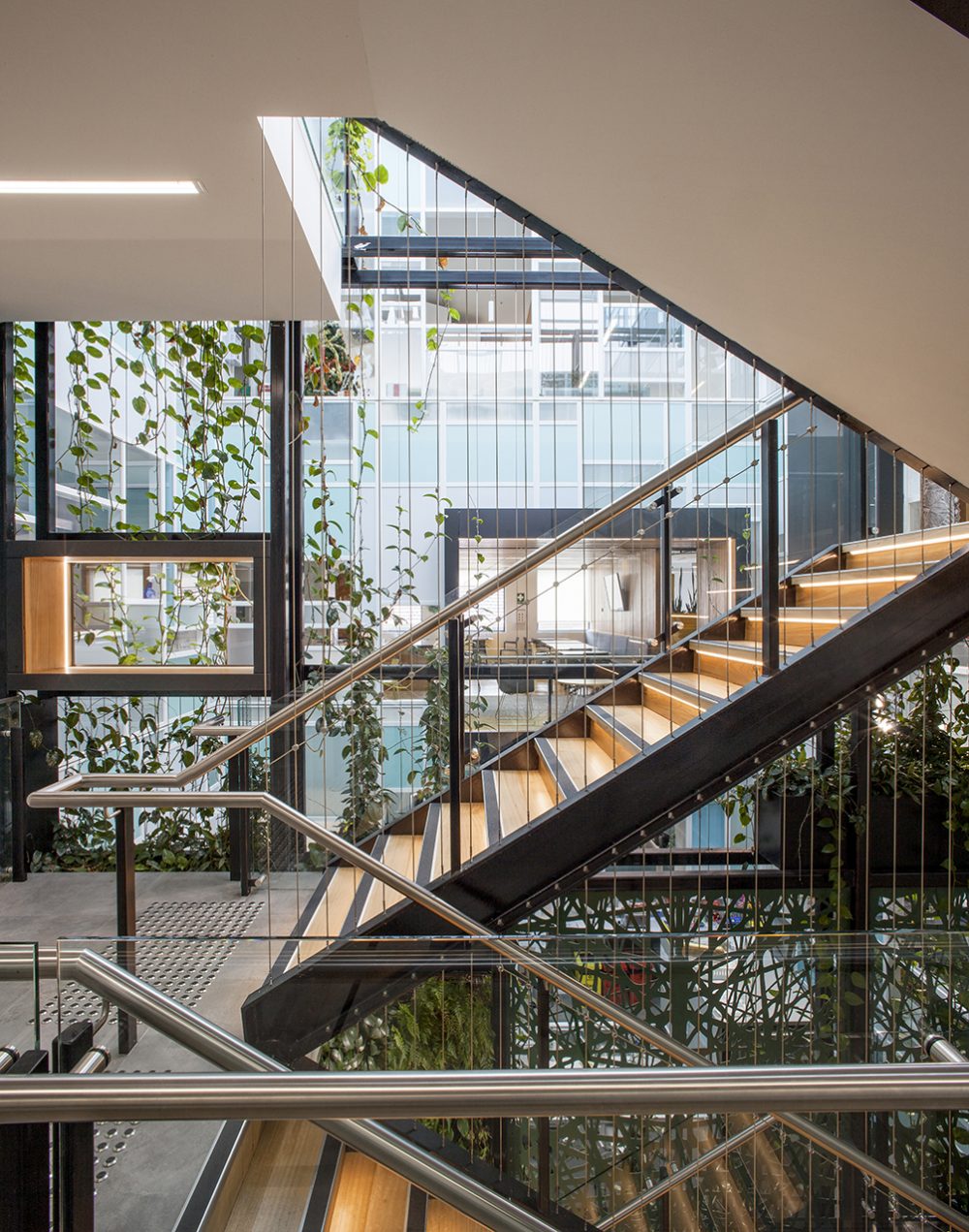Thanks to the modern lifestyle, many people are spending around 90% of their time inside, which can have health implications in terms of exposure to poor air quality and indoor pollutants.
One way to mitigate this is through indoor greenery – in effect bringing the outdoors indoors.
The benefits of green spaces internally
It’s probably always been known that green spaces in built environments help improve health and just make people feel better. Today however there is measurable evidence that this is the case.
Various studies show that the benefits of urban outdoor green spaces include improved feelings of wellbeing, reduced blood pressure, better immunity, and psychological restoration.
Indoor greenery can also provide multiple benefits – including improved air quality, reduced pollutants, cooler air in the summer, and lower energy costs. There is also some evidence that plants inside a workplace can improve employees’ productivity, creativity and moods.
Indoor greenery, when well-maintained, also just looks beautiful – adding to the aesthetics of a built structure.
A case in point: Stonnington City Council
Stonnington Council had these benefits in mind when they talked to us about developing an internal three-level green wall and facade in the main office building.
The internal green infrastructure was part of a renovation to improve air quality, reduce indoor pollutants and emissions and to boost staff wellbeing.
Here are some other benefits of the green installation:
- Creation of a connection between indoors and outdoors.
- Maintenance-free stainless-steel balustrades supporting the greenery are sleek, unobtrusive, and allow in plenty of natural light.
- The green infrastructure visually complements the overall redevelopment of the council office, which features low-energy lighting and a light, airy and natural feel throughout.
Do you have a project in mind that would involve creating green spaces internally and bringing the outdoors indoors? If so, feel free to get in touch with us.






































